Dubai is not a country, but also, it kind of is. Confused? You should not be. While this is most unusual for the Wondering Voyager, for the United Arab Emirates, I wanted to do an exception and try my best at writing a primer of sorts that cover the country’s recent history, and a few basic facts about it today. I do believe that this is necessary to understand the country and do it some justice in the process. Besides, you just might find out whether Dubai is a country or not by the end of it!
History of the Region
While I am not a historian of the Arabian Peninsula, as a historian in general, and as someone who did do a bit of reading on the topic, I am sure that I can write a simple non-academic history of the region on which the UAE is found. This is imperative to understand the country and its people today, and I am not saying this just because I am a historian…
Suffice to say, given its geography and the hardships of living in a mostly barren desert, minus the few crucial oases scattered around its vast expanse, this part of the globe was not the most affluent one for a long time. However, even in antiquity, there were signs of trade with nearby regions, which is one of the earliest signs of the favourable position the peninsula on which the UAE is found on today. The political landscape of this peninsula started to change considerably around the time Europeans arrive, circa 16th century, firstly in the form of the Portuguese conquering some regional centres, including a few on the coasts of the modern UAE. The Portuguese were eventually ousted by local powers sometime in 17th century, only to be replaced by the Dutch and the British later on. These European powers also sought to secure their trade routes to India and beyond, after all, the spice must flow. This period was the first one that put the locals in direct contact with the West. This is important, since while the local Arabs were already part of a bigger trade network and worked well with others in nearby regions, they were now (perhaps forcefully) made part of an even bigger network, one that consisted of some of the biggest players of the era. Locals with humble armies and even humbler economies had no choice but to learn the art of diplomacy early on to thrive in these conditions.
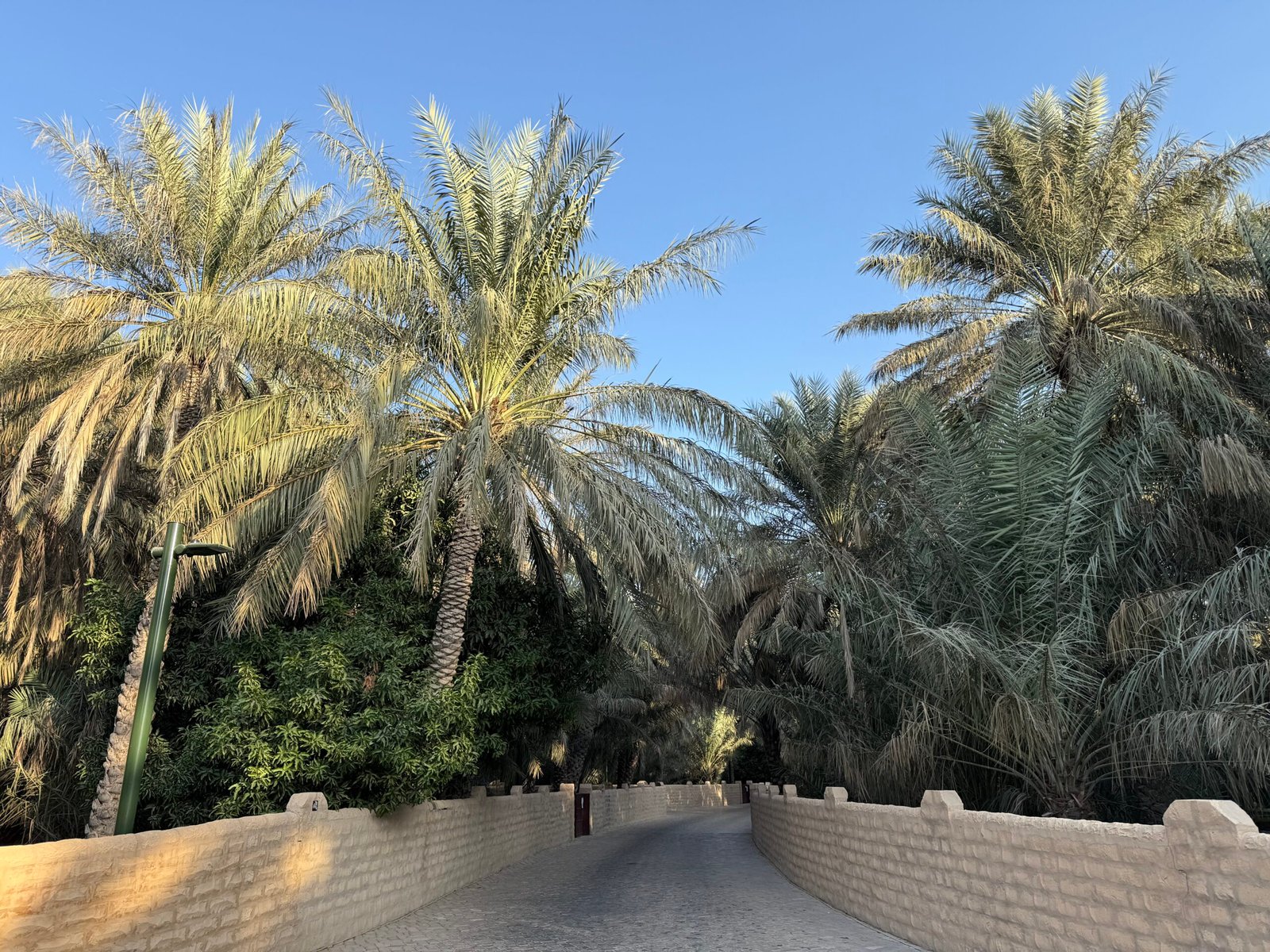
Eventually, the British became the dominant power in the region, around the time when they became a globe spanning hegemon. They started to force the local rulers into signing a few consecutive agreements, supposedly to root out piracy in the region and open it to free trade, but really, to turn these Emirates into its own protectorates. Furthermore, the accusation of piracy is a controversial one, because according to whom you ask, the same ship can be considered a local military vessel, or piratical, or a privateer, or even a freedom fighter. The raids on European shipping in the region can be understood as piracy, or as attempts of the locals to take back control of their own surrounding waters in order to stand against European powers which had been interfering with these coastal communities for some centuries by now. In any case, most of the local rulers were eventually brought under the protection of the Great Britain with the General Maritime Treaty of 1820, which at the very least brought some peace and stability to the region, which would stay under British control up until 1971.
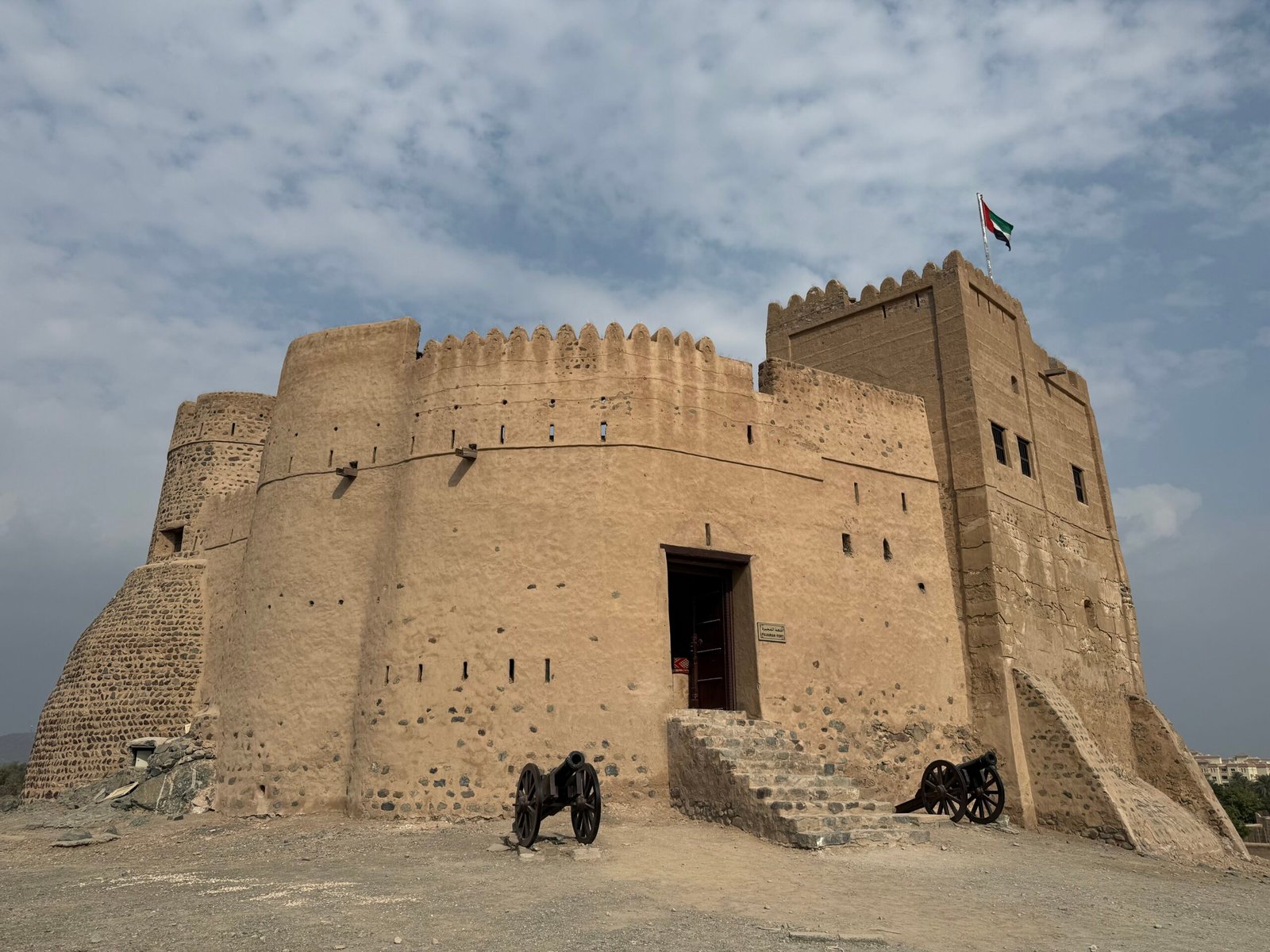
This was the period of the Trucial States, a rather unique name for a polity. The local Emirates were, after all, at a truce with the British. Trade flourished in the region as a result of this stable peace, and shipwrights started to work a bit harder than before. Pearling, which had been a part of the local economy since antiquity now came to the forefronts of local economic production and started to make certain parties quite rich, which is when we see the building up of most Emirati coastal towns today. When you visit any Emirati capital today, you will find a heritage village (or district) in some central location, with renovated exotic buildings made out of sandstone or coral. These are often a replica representing the heydays of these parts of the town which were bustling trading, pearling, and fishing centres back when the Trucial States had a booming economy. However, by 1920s, the Japanese perfected the cultured pearl, the process of creating pearls by using manmade beads which significantly hastened the process and skyrocketed their profits. This also meant that the natural pearls of the Gulf, though they were still prized possessions, became uncompetitive in global markets. This, combined with the Great Depression of 1930s meant that the Trucial States suffered a catastrophic economic crash. A period of boom mostly based on extracting a natural resource, pearls in this case, ended abruptly, and due to the lack of a diversified economy, locals struggled for decades.
During such hard times, the local rulers were not oblivious to what was going on around the world. Principally, they observed two trends. The ongoing decolonization of the world, and the fact that almost all states around the Persian Gulf seemed to be producing oil. Surely, the Trucial States had some oil deposits as well, though these were not discovered yet. After some exploration, oil and natural gas were found in massive quantities in the region by Western experts. However, these deposits are not spread evenly around the territory of what is today the UAE. Vast majority of the deposits belong to Abu Dhabi, but Dubai and Sharjah have some smaller deposits as well. Oil production in Abu Dhabi started in 1950, and the rest followed suit quickly. Now that the economy was fixed to a certain degree, with the arrival of yet another natural resource to replace the pearl of olden times, all that was desired by the local rulers was to be politically independent. This, did not take too long, given how the British declared they would be leaving the region in 1971, creating a power vacuum of sorts for many small Emirates that made up the Trucial States at the time.
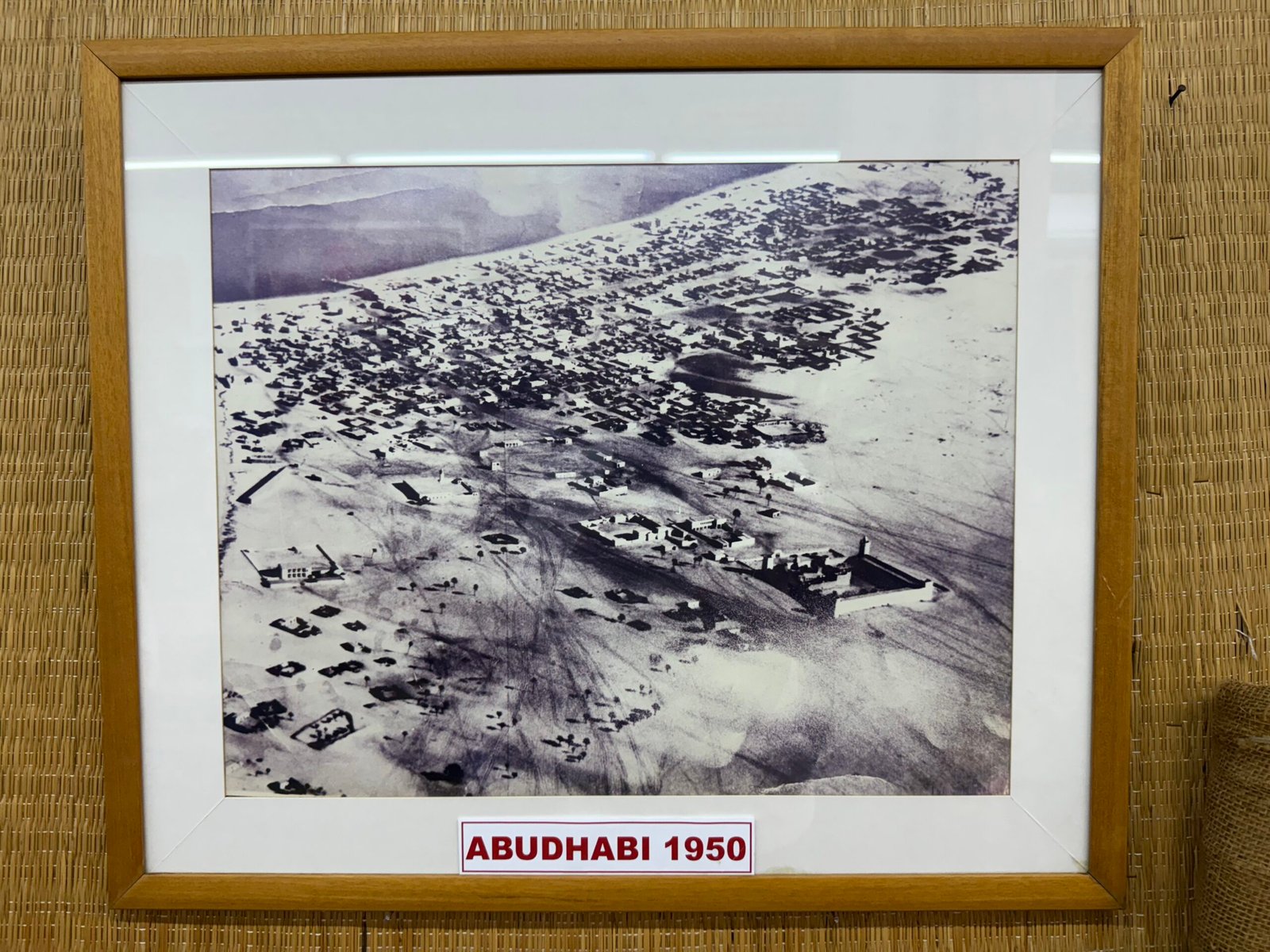
As is aforementioned, locals had to learn how to engage in fruitful diplomacy earlier on and experienced the opportunities that come from being a part of a bigger market. In other words, if this small region was to be successful, it had to be united. This is exactly what Sheikh Zayed bin Sultan Al Nahyan thought, then the ruler of Abu Dhabi. He had no trouble convincing the sheikh of Dubai, another member of his Bani Yas tribe, of the validity of his plans. The duo would then go on to convince the rest of the Emirates to join them in a federation that could have its own sphere of influence in the region, rather than becoming a satellite state to more influential polities in the region. Initially, Bahrain and Qatar were asked to be a part of this new union as well, alas, they declined the call in favour of full sovereignty. Ras Al Khaimah also wished to go on its own way at first and thus did not become a part of the six Emirate union that was founded on 2 December 1971, which consisted of Abu Dhabi, Dubai, Sharjah, Fujairah, Ajman, and Umm Al Quwain. They would join in shortly on 10 February 1972 as well. With Ras Al Khaimah being a part of the federation then, the United Arab Emirates took the shape that it has today.
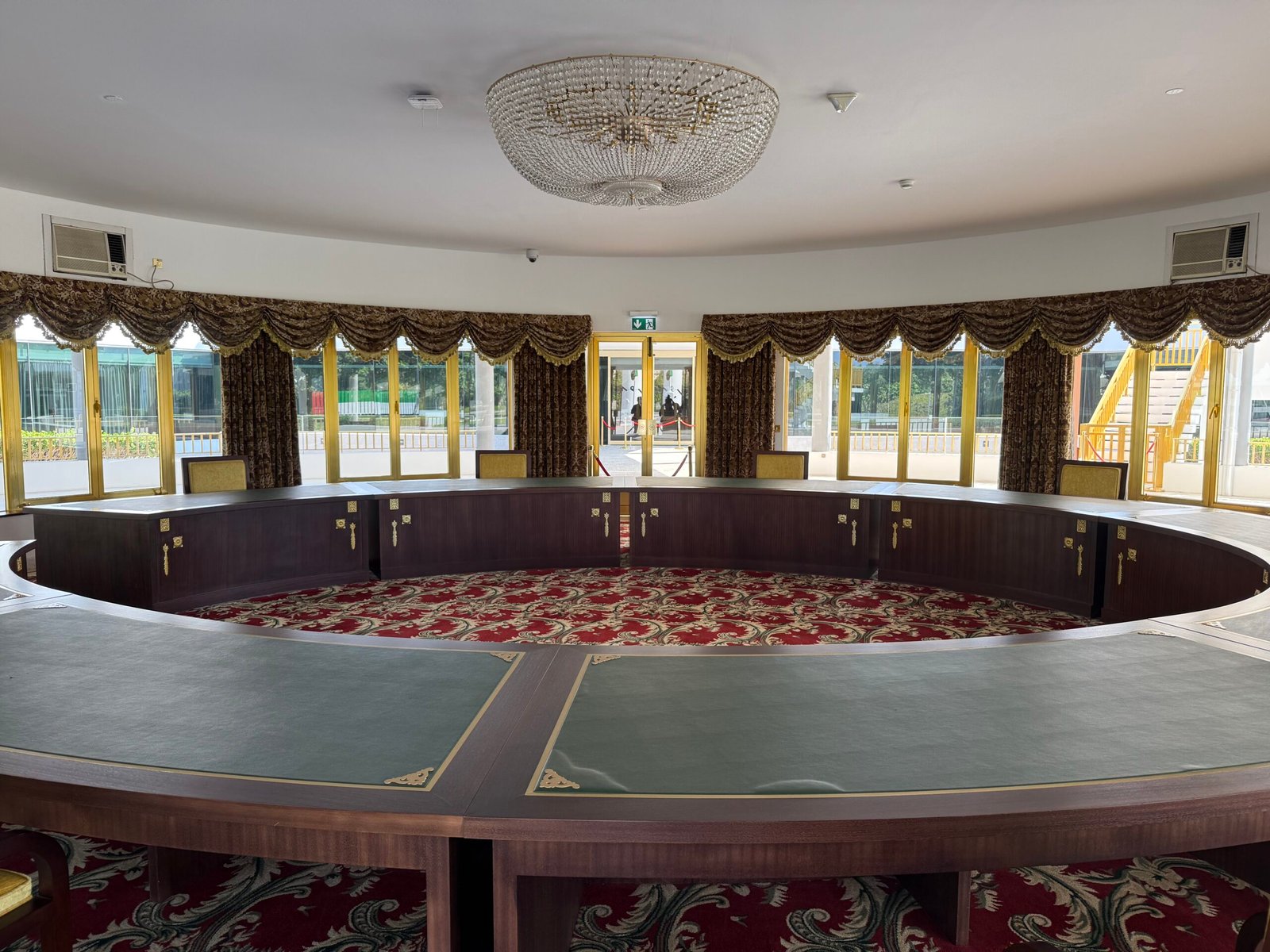
The United Arab Emirates Today
Today, it is quite common to joke about how “Dubai is not a country” due to the amount of people who visit the Emirates and just call the entire polity Dubai, however, this joke is built on very shaky ground due to a lack of understanding of what the UAE really is. I suppose, it all depends on what you consider a country is. For me, coming from a unitary state (Turkey), who managed to visit all seven Emirates in a short time, I would argue that these are indeed seven different states (or countries) that make up a federation. This is more or less the real legal arrangement as well. All Emirates have their own rulers, called sheikhs (not amirs), who are the sole sovereign in their own lands. Naturally, this creates scenarios in which differences between two Emirates may seem like day and night. For example, while Dubai has its famous hotels and pubs in which alcohol is consumed abundantly, the neighbouring Sharjah is a dry Emirate, where that would be unthinkable. While Ras Al Khaimah is poised to open the very first casino in the country soon enough, down south in the seat of power, Abu Dhabi, the current focus is on preserving cultural heritage, presumably both to attract more tourists, and to help keep the more conservative way of life intact. I cannot imagine a part of Turkey where you are not allowed by law to drink beer, or just a small part of it deciding to build a casino out of thin air. For those who are accustomed to federations and unions, and so on, this may seem normal, and as such it may seem like there really is only one country to speak of, but I will have to disagree on my end here. These differences and the voluntary unification of the peoples is what makes the UAE so interesting and worth a visit in the first place, at least in my humble opinion, though I do think that the Emiratis themselves would not contradict my point all that much.
Modern day UAE is a melting pot of nationalities, cuisines, languages, and more. While some still assume that the economy relies heavily on natural resources, this is mostly untrue. Perhaps due to their history with pearling, the Emiratis understood the importance of diversification and try their earnest to move away from relying on black gold. Abu Dhabi uses its vast oil and natural gas resources to not only modernize its cities, but also to help diversify its economy. Incidentally, Dubai had to do that earlier on, due to its more meagre natural resources. Sheikhs of that smaller Emirate knew very well that they could not rely on natural resources as much as their significantly bigger neighbour can, so they invested the oil money into projects like dredging the Creek in 1960s and 1970s, and to build the Port of Jebel Ali in 1979, all projects that aimed to turn the city into a trade entrepôt. The fact that the said port is now the ninth busiest one in the whole world speaks volumes to the success of this project. They also built an enormous number of mega projects, some of which were cause for much controversy, alas, at the end, such projects put Dubai on the maps of the world’s traveling and luxury shopping community. Today, revenue from natural resources make up a small part of Dubai’s diversified economy, and the federal goal is for all Emirates to have such diversified economies to brace the changing economic global environment and catch the upcoming trade winds per se, wherever they may blow towards this time.
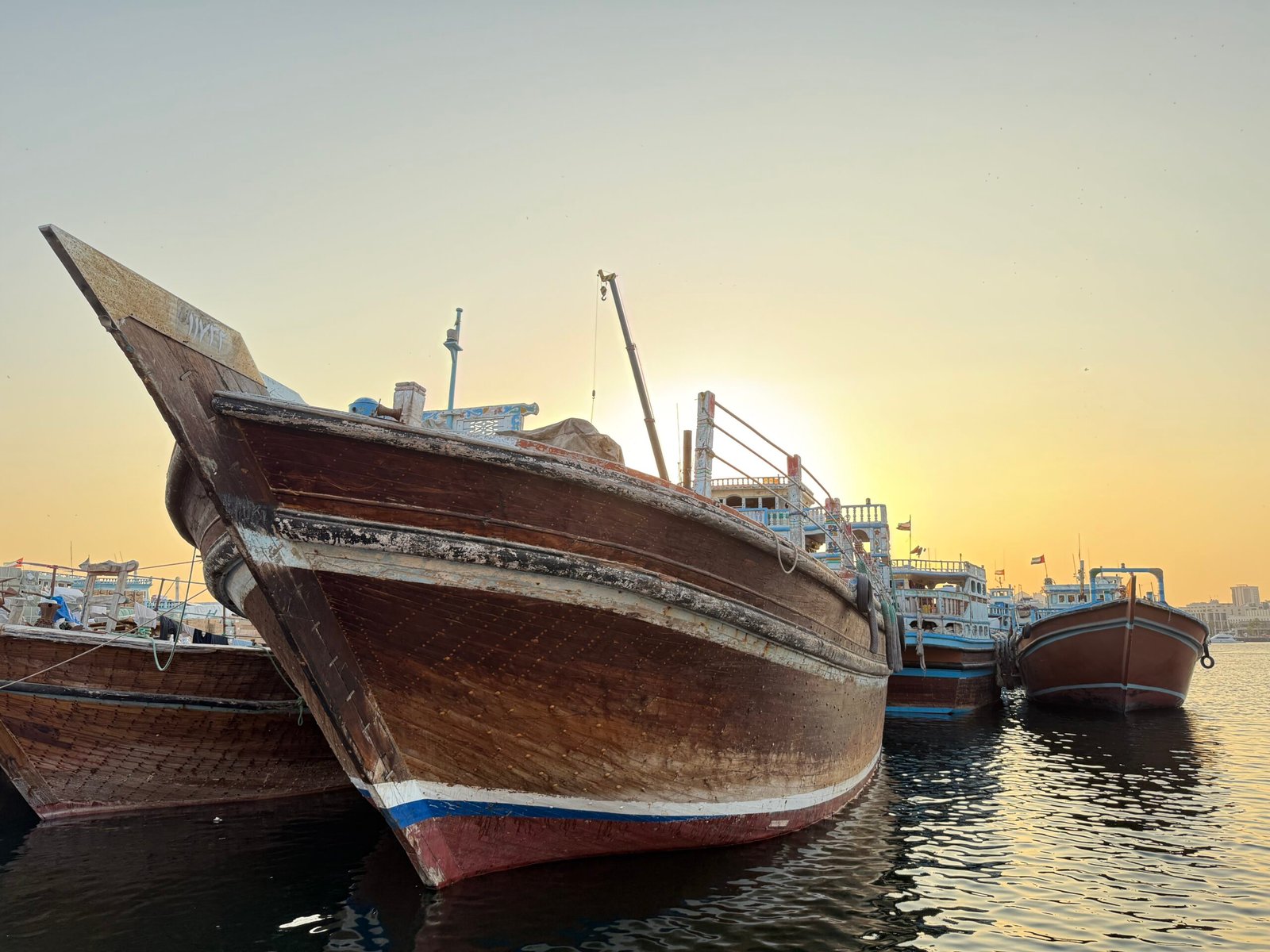
It would be a mistake to consider the UAE a done deal at the moment, as there still remains a lot of work to be done to make sure that a secure and rich future lays ahead for the federation. However, if we are being frank with one another, not a single country on this planet exists with no obstacles ahead of them. After visiting the UAE myself, I cannot help but be positive about the Emirates’ future. They can easily become and remain one of the top winter destinations in the entire world due to their favourable climate, geographic position, and industry-leading airlines. They can certainly continue being an important trade center and continue fostering their finance sector to support the trading industry. Anything is possible, and while naysayers will always be there, there is no “expiration date” for the UAE that is set on stone. We will wait and see what the future brings to this incredibly interesting part of our globe soon enough.
